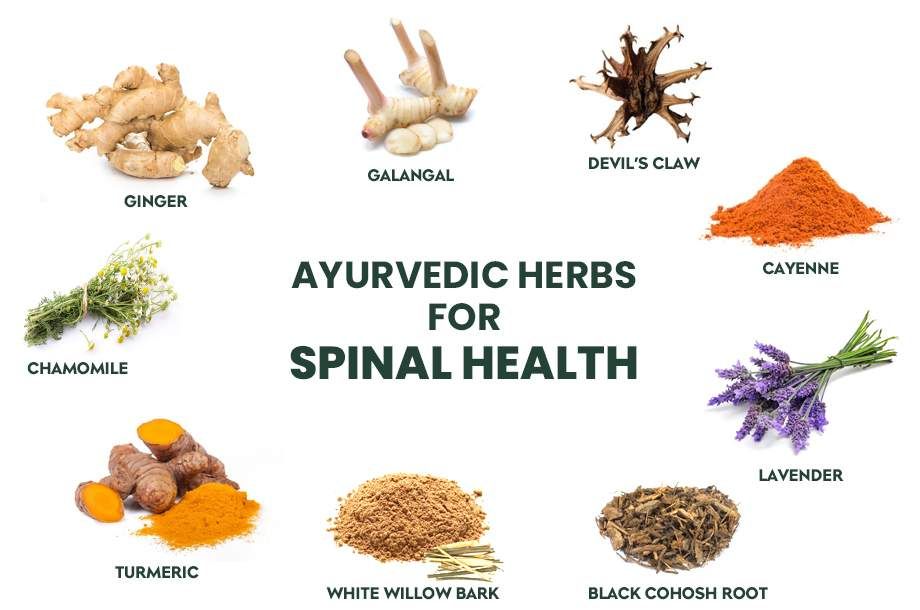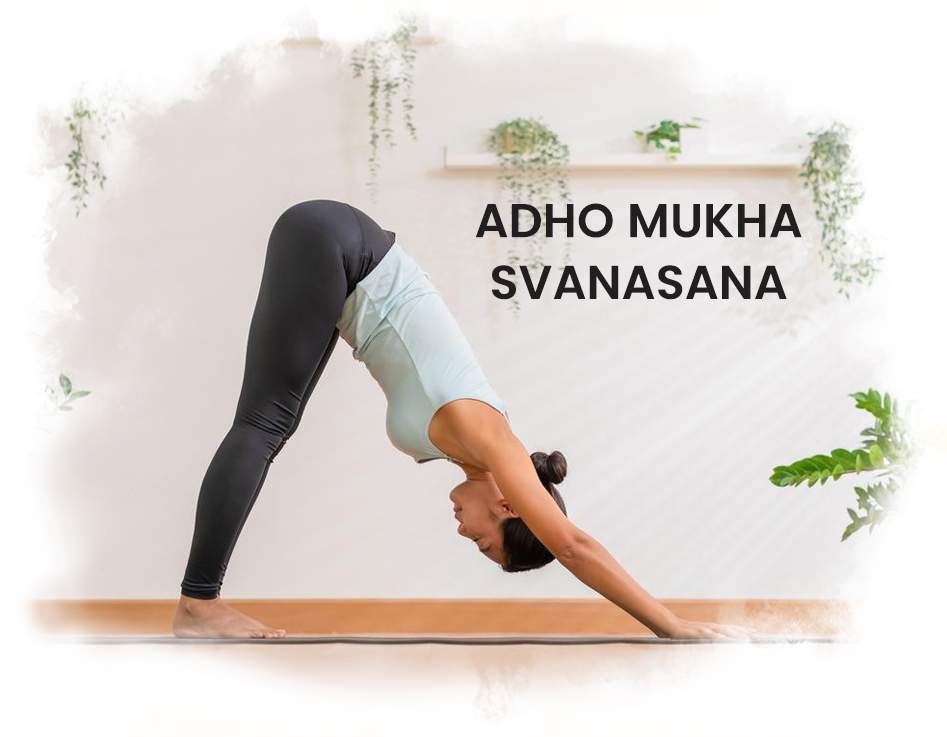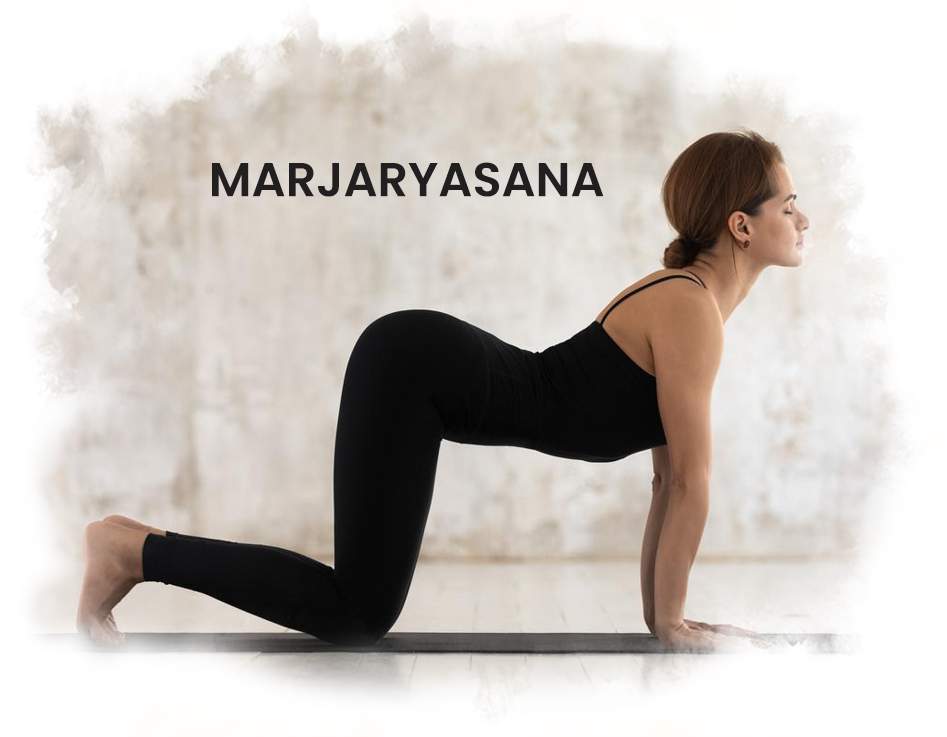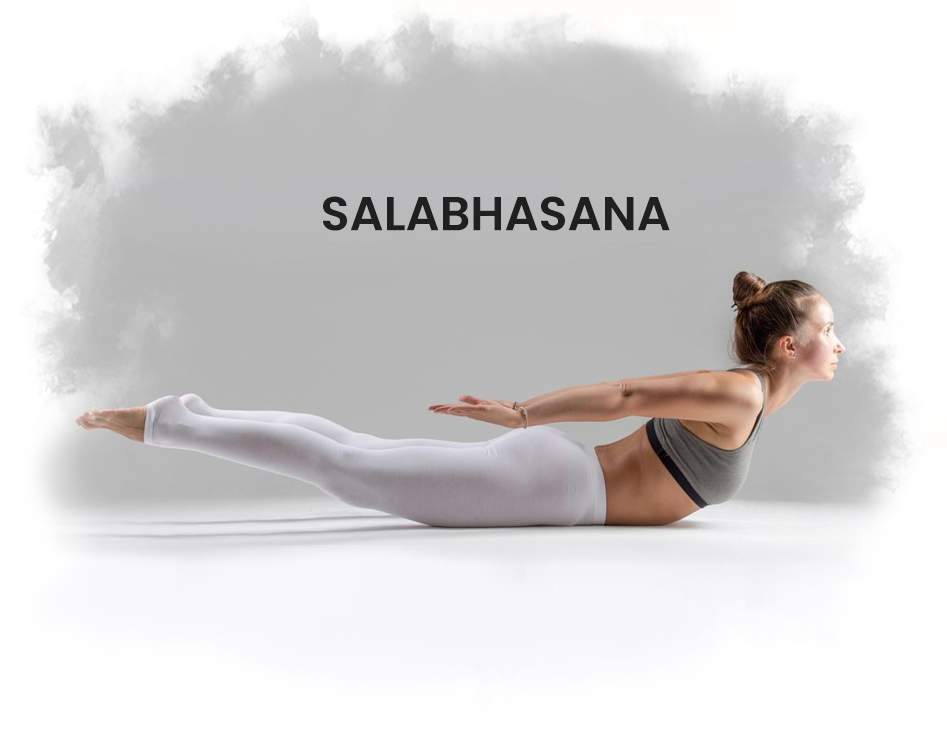Back pain has become common among everybody. Where people think it is just another normal ache resulting from a hectic schedule, it might be something major if neglected over time. Well, read this blog to know more and more about our vertebral column!
The skeletal system provides a framework and support to the body. The spinal cord also helps with sensory and motor functions along with posture and mobility.
In Ayurveda, back pain is referred to as Kateegraham, which is believed to be caused by poor digestion and aggravation of Vata Dosha.
Inefficient digestion results in the development of poisons (ama), which combine with Vata Dosha and gather in the body's tiny channels eventually resulting in back pain.
What is the difference between the Spinal cord and the Vertebral column?
Both of these terms are often misunderstood and misused. The spinal cord runs inside the vertebral column and is surrounded by meninges (3 membrane layered). Its main function is to connect the brain and peripheral nervous system.
The vertebral column is the bony hard structured segment that protects the spinal cord. The single segment is known as the vertebra. The location of the vertebrae decides their name, cervical, thoracic, lumbar, sacrum, and coccyx.
This will be covered in the next section of the blog!
The back region is divided into five regions.
- Cervical vertebrae (7)
- Thoracic vertebrae (12)
- Lumbar vertebrae (5)
- Sacrum (5 fused)
- Coccyx (4 fused)
Originally, the vertebral column has 33 vertebrae. It gets reduced to 24, plus the sacrum and coccyx, making it 26.
The five regions of the spine are:
- Cervical: This region lies in the neck part and is numbered in descending order. It has seven vertebrae, i.e., C1 - C7.
- Thoracic: Below the cervical region, lies the thoracic one. It is designated as T1-T12. It lies in the chest portion.
- Lumbar: The lower back contains the five vertebrae, which are L1-L5. It is connected to the pelvic area and bears most of the body’s weight.
- Sacrum: The triangle bone, which is formed with the fusion of 5 bones. It lies in the pelvic region and the triangle name comes because it is connected at three places, the two hip joints, and the lumbar region.
- Coccyx: It is called the tailbone and is formed by the fusion of 4 coccygeal vertebrae.
What are Degenerative Spinal Conditions?
Degenerative means the gradual and slow loss of normal structure and function of the spine. The extra pressure and wear & tear will damage the spinal cord and nerve roots resulting in various disorders like Slipped/herniated disc, Spinal stenosis, Osteoarthritis, Ankylosing spondylitis, and other spinal disorders.
What are the Symptoms of Degenerative Spine Conditions?
In general, the symptoms of a degenerating spine include the below-written signs:
- Spinal deformity
- Limited motion
- Pain
- Sharp or chronic
- With movement or at rest
- Nerve injuries
- Weakness
- Sensory loss
- Bladder and bowel function problems
- Sexual dysfunction
What are the Causes and Risk Factors of Spinal Conditions?
- Accidental falls, Injuries
- Congenital disorders/Inherited disorders(present since birth)
- Inflammation and swelling
- Infections ( bacterial, viral)
- Degenerative wear and tear
- Excess weight or obesity
- Improper lifting
- Sedentary lifestyle
- Poor posture
- Repetitive strenuous activities
What is the Ayurvedic treatment for the spine?
Ayurvedic Herbs for Spinal Health

- Ginger: Ginger is a common herb that is present in almost every Indian household. It contains bioactive elements like zingerone and gingerol. They help with the reduction of inflammation and also reduce pain. Ginger works best for the inflammation part. Along with this, the consumption of ginger also relieves pain and increases flexibility.
Ginger is available in many forms which are fresh, dried, oil, juice, and powdered.
- Turmeric: This golden herb is used since ancient times, and is the most potent herb for reducing pain and inflammation. The main component of turmeric is curcumin which has anti-inflammatory properties and multiple antioxidants which help in the reduction of pain as well as inflammation.
Turmeric can be used by adding it to milk, water, or sauteing vegetables.
- Galangal: Galangal resembles ginger and they both are rhizomes belonging to the same family. The skin of galangal is smooth and pale, and the flesh is hard. Unlike ginger, it can not be grated.
It has anti-inflammatory properties and provides relief from back pain.
It can be used in the form of tea, after boiling the crushed galangal root for a few minutes, it can be strained. Later, honey can be added for the taste. Thi sis a great remedy to heal back pain.
- Cayenne: The active compound present in this herb is capsaicinoid which helps in reducing back aches. The topical solution will work wonders for relieving the pain.
The pepper can be mixed with pre-heated coconut oil. The gel can be applied to the affected area to get relief.
- Devil’s claw: The name means “hook plant”. It has analgesic and anti-inflammatory properties. It helps in reducing pain and is a natural pain killer.
The roots and tubers from this plant help with various spinal disorders. You can use it by boiling the root in water for 15-20 minutes. After that, you can strain and drink the tea which will give you quick relief from back pain.
- Black cohosh root: This root can relieve muscle spasms, and pain as it has antispasmodic properties. It also has sedative effects which soothe the pain & discomfort.
It can also be used in the form of tea, where it can be boiled as told above. Sipping on tea is the quickest and easiest home remedy.
- White willow bark: It is an analgesic and is used to relieve back pain and also reduce inflammation.
You can again drink the tea which will help you immensely!
- Lavender: The flowers can be used as herbal sedatives which help in reducing stress and at the same time decrease muscle tension.
The oil can be used for getting relief from pain. For centuries, it has been used by people for medicinal purposes. It can be used in massage therapy for the neck and back.
- Chamomile: Just sipping the tea, may help in reducing the pain and help in relaxing the body, and mind.
Yoga Asanas For Spinal Health
Adho mukha svanasana (Downward facing dog)

This is the best yoga asana for back pain and related disorders. It helps in boosting the metabolism and stretches the spine, ankles, and calves. It helps in strengthening and protecting the bones and joints.
How to do it?
- Start by getting down on all four limbs.
- Exhale now and lift your hips to position your body in an inverted "V."
- Make sure your feet are firm on the ground.
- Look at your navel while keeping your hands at a shoulder-width distance.
Return to your starting position after five to seven deep breaths held in this position. Then do it five more times.
Marjaryasana (cat/cow pose)

Your spine is massaged and stress is reduced in the cat/cow position. Your back remains strong and flexible in this position. Additionally, it helps you become more mentally stable.
How to do it?
- Start in a tabletop posture with your knees beneath your hips and your palms directly beneath your shoulders.
- Draw a big breath in and lower your chest. Keep your tailbone up and your tummy toward the floor.
- Then, when you exhale, incline your head downward, and pull your pubic bone forward.
- Then do it five more times.
Paschimottanasana (Seated forward bend)

Your spine extends during the seated forward bend, or Paschimottanasana, which relieves lower back pain. It eases PMS symptoms, eases neck pain and stiffness, stimulates the liver, enhances digestion, and lessens weariness.
How to do it?
- Start by sitting down on the floor, legs extended in front of you, back straight.
- At this point, lean forward from your hips and reach forward with your hands to touch the feet.
- Your thighs and belly should be in contact.
- Return to your starting position after around 30 seconds of holding this position.
- Repeat this five times.
Salabhasana (Locust Pose)

Salabhasana, also known as the locust posture, stretches the spine, builds leg strength, and enhances core stability. It will widen your chest, enhance your digestive system, and energize your kidneys. If you recently sustained a shoulder, arm, or back injury, avoid doing this. If you are expecting, have recently had surgery, are menstruating, or are pregnant, you shouldn't do it.
How to do it:
- Start by laying down on the floor on your stomach, putting your feet together, and placing your hands by your sides.
- Your forehead should be on the ground, and your palms should be facing upward.
- Now, raise your arms, legs, and upper torso.
- Your body should start to lengthen and stretch.
- For around 30 seconds, maintain this posture.
- Repeat three times.
Trikonasana (Triangle Pose)

Trikonasana, or the triangle position, strengthens your spine, shoulders, chest, and legs. Additionally, it stretches your hamstrings and calves and improves body alignment.
How to do it:
- Start by standing with your feet shoulder-width apart and your arms out to the sides.
- Your toes ought to be pointing outward.
- Now try to touch your right foot by bending your body to the right at the hip.
- Hold out your left hand and face your palm in an upward direction.
- Return to your starting position after around 30 seconds of holding this position.
- Replicate this now on the opposite side.
- On each side, repeat it five times.
Our backbone is the support system of the body! So start taking care of it to live a happy and peaceful life!
